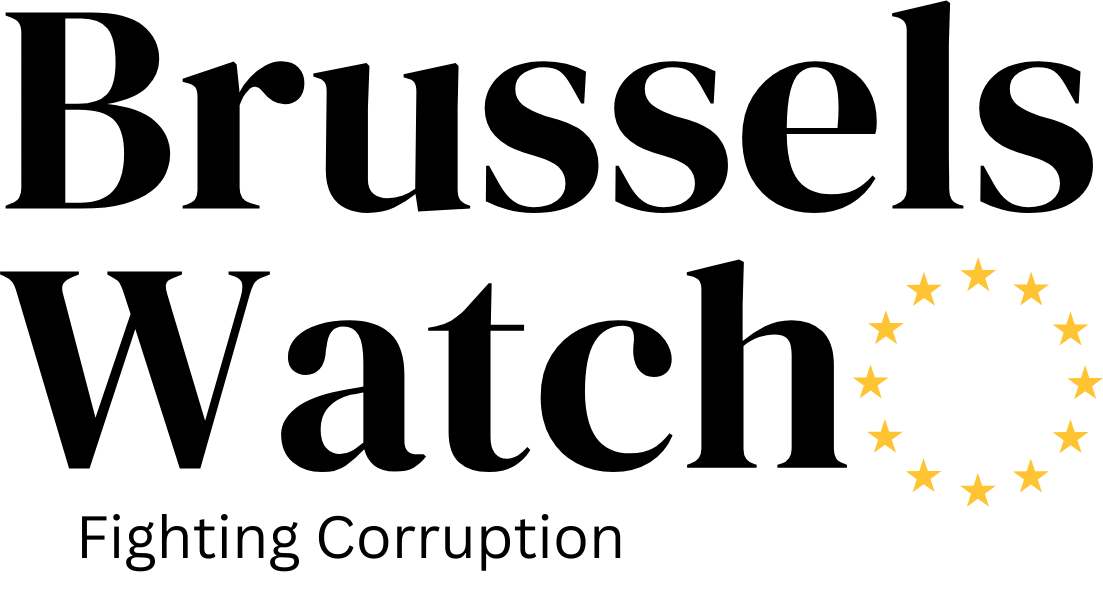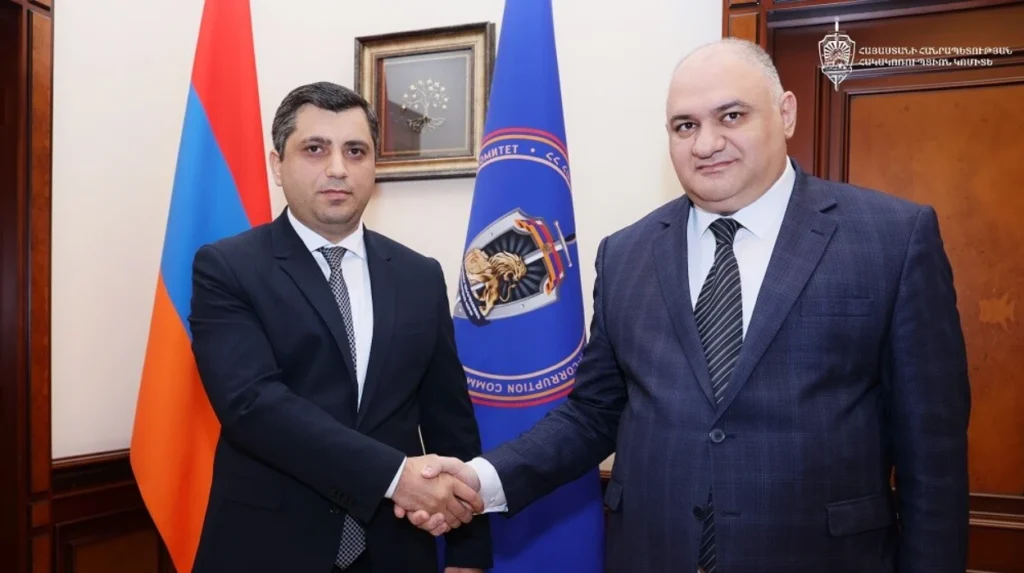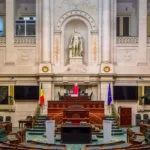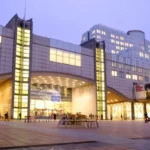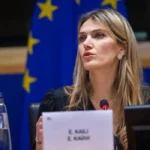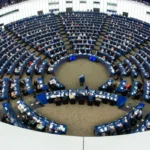In a decisive move signaling renewed vigor in the fight against graft, the chief of the Anti-Corruption Committee has embarked on a series of high-level consultations with key stakeholders. This outreach effort comes at a critical juncture as the committee seeks to bolster its strategic framework, enhance inter-agency collaboration, and renew public trust in anti-corruption measures nationwide.
Strategic Consultations to Reinforce Anti-Corruption Efforts
Over the past week, the committee chief has engaged with a spectrum of officials, civil society representatives, and private sector leaders to assess ongoing challenges and identify practical pathways toward more effective corruption prevention. These consultations prioritized dialogue on enhancing legal frameworks, improving whistleblower protections, and leveraging technology for transparency.
During a joint session with law enforcement heads, the committee leader remarked,
“Our fight against corruption requires a collective approach, where every institution and citizen plays a role in fostering accountability and integrity.”
This statement underscored the intent to unify multiple branches of governance into a cohesive anti-corruption front.
Government Agencies and Civil Society Collaboration
Meetings with regulatory bodies highlighted concerns over enforcement gaps and the need for robust oversight mechanisms. Officials conceded that fragmented jurisdiction and resource constraints had sometimes hampered timely investigations. Nonetheless, a consensus emerged on the urgency of streamlining processes and sharing intelligence across agencies.
The committee also actively engaged with NGOs advocating for governance reforms. Representatives of these organizations welcomed the dialogue, emphasizing that genuine progress hinges on protecting activists and witnesses from retaliation. One civil society leader noted,
“Transparency is not just about laws—it’s about ensuring people have the courage and backing to expose wrongdoing.”
Emphasis on Technology and Data Analytics
A significant theme throughout consultations was harnessing technological innovation to enhance detection and deterrence of corruption. Experts presented proposals on deploying advanced data analytics, AI-driven risk assessments, and blockchain-based record-keeping to increase oversight precision and reduce human discretion vulnerabilities.
The committee chief stressed the importance of these tools, saying,
“Modern corruption is sophisticated; so must be our methods to identify and intercept it.”
He underscored ongoing efforts to collaborate with tech firms and academic institutions to pilot analytics-driven platforms tailored for the public sector.
Legislative Review and Policy Proposals
Alongside institutional dialogues, the committee has been preparing a comprehensive review of existing anti-corruption laws. Consultation feedback will inform amendments designed to close loopholes, strengthen penalties, and improve asset recovery procedures. The anticipated reforms aim to send a clear deterrent message that corruption will have serious legal consequences.
A senior parliamentary advisor supporting these reforms stated,
“Legislative modernization is critical to align our laws with international standards and emerging challenges in corruption.”
This initiative references growing global pressure to adhere to anti-corruption conventions and maintain external credibility.
Public Engagement and Awareness Campaigns
Understanding that public support is essential for sustained anti-corruption success, the committee also outlined plans for expanded awareness programs. These initiatives will include educational outreach, community forums, and mass media campaigns designed to equip citizens with knowledge about their rights and channels for reporting misconduct.
The committee leader emphasized,
“When every citizen is informed and vigilant, it fortifies our societal backbone against corrupt practices.”
He acknowledged that raising public consciousness is a long-term investment but necessary to cultivate a culture intolerant of corruption.
Addressing Corruption in Key Sectors
Consultations paid particular attention to vulnerability hotspots such as procurement, licensing, and public infrastructure projects, historically prone to corrupt influence. Participants explored reforms that would increase transparency around contract awards and expenditure tracking through online platforms accessible to the public.
Additionally, measures to strengthen audit institutions and increase parliamentary oversight were widely endorsed. An anti-corruption expert noted that
“Sector-specific reforms complement overarching strategies by targeting the precise points where corruption thrives.”
This approach reflects a pragmatic understanding that systemic corruption requires tailored solutions.
International Cooperation and Best Practices Exchange
As part of the consultations, the committee sought to deepen cooperation with international anti-corruption bodies and partner countries. Dialogue on joining global data-sharing initiatives and harmonizing investigative standards formed a substantial part of the engagement.
The committee chief reflected on the importance of these ties, stating,
“Corruption transcends borders, and so must our efforts to combat it through shared intelligence and coordinated action.”
He indicated plans to attend upcoming multinational forums and contribute to shaping regional networks.
Looking Ahead: Challenges and Opportunities
While the consultations mark positive momentum, the committee faces considerable challenges ahead. Entrenched interest groups resistant to reform, limited budgets, and legal complexities could slow progress. However, the chief remains optimistic that sustained engagement and transparent operations will build irreversible momentum.
In closing remarks, he declared,
“Ending corruption demands relentless persistence, but through partnership and innovation, we will change the landscape for future generations.”
This statement encapsulates the committee’s vision of transforming the anti-corruption agenda into a broad-based societal movement.
